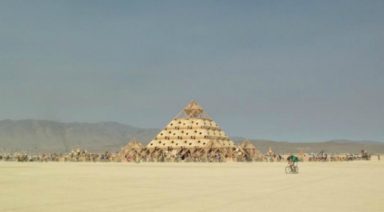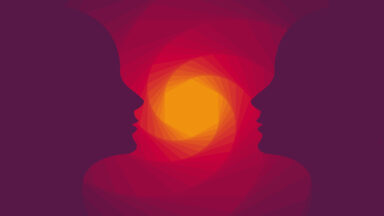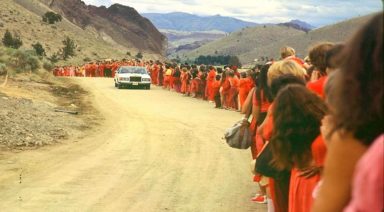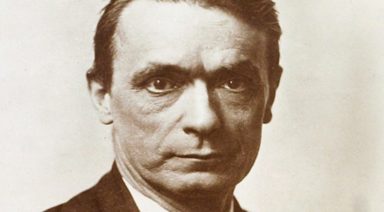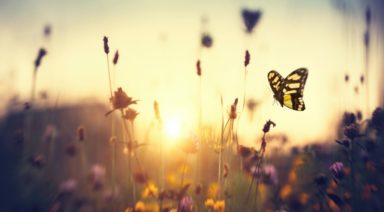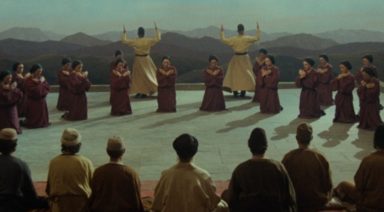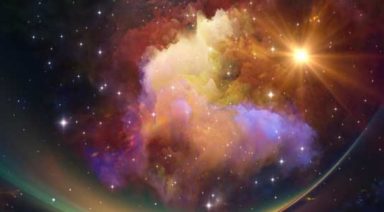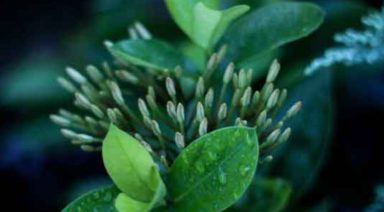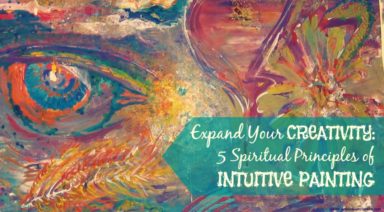Rituals for Honoring Mother Earth
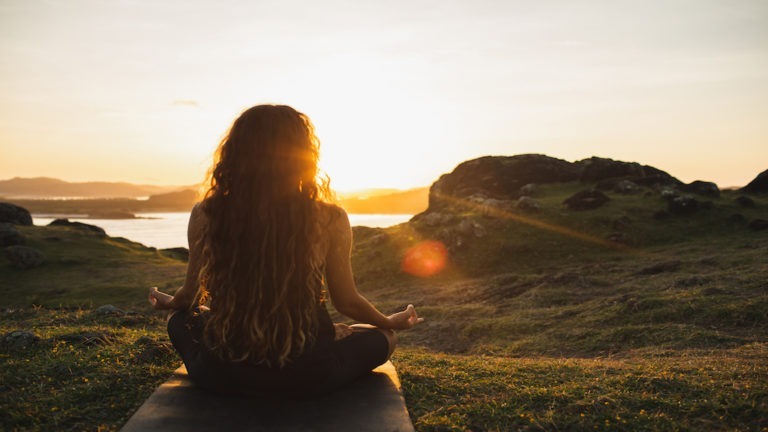
Rituals help infuse intention and purpose into our day. They can teach us how to create mini-ceremonies out of everyday tasks and gradually build a sense of gratitude for everything and everyone in our lives. A ritual could be as simple as taking a moment each day to look up at the sky in appreciation for this vast universe we’re a part of or slowly sipping your water with the intent to nourish your body.
For the purpose of honoring and celebrating Gaia, Mother Earth, here are few rituals to help you form a greater connection with her:
Meditate
Find your sense of stability and balance with the Earth by practicing a grounding meditation or Root Chakra meditation.
-
- Find 10 minutes in your day for meditation.
- Find a quiet spot outdoors where you can comfortably sit on the earth.
- Connect your breath.
- Focus on the location of the root chakra and visualize the color of the chakra.
Enhance your meditation experience with: Essential oils- Myrrh, Patchouli, or Frankincense. Use a Mudra-Muladhara mudra. - Finish your meditation by bringing your hands to your heart in prayer and returning to your breath. You can also try closing out your practice by chanting OM.
Movement
The Earth element is the principle of stability. It supports commitment and confidence. Just like a tree, we grow both upward and downward with roots and branches. We can mimic this energetic experience through yoga postures such as tree pose or mountain pose to stand firm and grow tall, and child’s pose or pigeon pose to root ourselves to the ground.
Earthing
Ever notice how you feel so energized and vibrant while walking on the beach? You might have noticed how the stress rolls off and you feel completely relaxed. What’s the magical ingredient? Electrons.
Our feet contain a rich, intricate network of nerves and acupuncture points and are especially adept at picking up free electrons from the earth’s surface. It’s called barefoot or caveman medicine, and walking barefoot – aka earthing or grounding – may be the easiest, simplest and cheapest way of shifting your body back to an optimal state of homeostasis and health.
The most straightforward way to participate in grounding is to simply make contact with the ground on either the dirt or concrete, which is also conductive. Here are ways you can ritualize your experience:
- Take your shoes off in your backyard each day after work
- Say a mantra: I am grounded. My spirit is grounded deep in the earth. I am calm, strong, centered and peaceful. I am able to let go of fear and trust that I am eternally safe. I am worthy of all things beautiful. -Carly Marie
- Meditate. Find a comfortable seat on the earth. Close your eyes and breath deeply. Feel the supporting soil underneath. Imagine roots stemming out from the base of your spine and into the core of the earth. Feel the reciprocal current of energy moving through you and the roots.
Mindful Living
We live our lives under the assumption that there is little action we can take, aside from recycling or protesting, that would actually make a difference in saving our planet. But when it comes to the Earth, history has shown that she can heal herself, she just needs us to stop making her sick. Beyond composting, there are actionable and practical steps you can take to stop supporting systems that are hurting the earth, and instead make a commitment to keeping her clean and healthy. Uncover the industries harming our planet and what you can do to help here.
Ceremony
Ceremonies have been used by many traditions, notably the native americans, as a form of healing and transformation. They can be as simple as lighting a candle or involve a large community gathering. Both are centered around an activity that focuses on a particular intention in a ritualized way.
Healing Earth ceremony. This ceremony can be done with a group of friends or by yourself.
1. Find a quiet place outdoors
2. Create an altar to offer up the 4 elements (plant, feather, candle, stones)
3. Create a circle of protection
4. Call upon a your ancestors, a deity, ascended master, spirit guides or other loving beings to help you with the ceremony
5. Offer your prayers/intentions for the planet, maybe there is a certain part of the planet you wish to send this healing energy
6. Use imagery, visualization, and affirmations to help imagine the planet as being cleansed.
7. Considering bringing a drum into your ceremony. In the shamanic tradition, drums are used for their healing properties.
8. Close your ceremony by giving thanks.
Sound
Simply chanting OM helps you connect with the vibrational frequency of the earth. In the yogic tradition, mantra is a powerful tool to focus and quiet the mind. It can be used as part of your daily ritual to help you connect with mother earth, especially if you’re dealing with stress or anxiety.
Here are a few ways you can use this mantra as part of a daily ritual:
- During your morning commute, use this mantra to help diffuse stress or anxiety
- Begin your yoga practice by chanting a few rounds of OM
- Use the mantra during your shower or bath as a way to connect with your gratitude for water
Journal
Journaling is a simple sacred act that calls us to a place of exploration, curiosity, and revelation. It is one of the most open and forgiving therapeutic avenues available to us. As a ritual, journaling provides a way for us to set our intention for the day or provide a way for us to reflect on the day’s activities. In honor of celebrating mother earth, try creating a gratitude journal to remind you of the ways mother earth supports you. If you’re in need of some journaling queues, consider the way in which mother earth shows up in your life: food, water, supports the life of friend/family, energetic support, etc.
Give Back
Living in harmony with nature is one of the principles of Ayurveda. We call it the circle of life for a reason. It’s give and take. We take so much from mother in order to survive but we must remember to replenish her in return to keep this cycle going. We can put this to practice by planting a garden.
Here are some ways you can ritualize your garden experience:
- Make your garden a sacred space with a ceremony before you plant your seeds
- Say a mantra or an intention for each seed you plant
- Spend five minutes a day to say a mantra or chant to your garden
- Practice earthing in your garden
It's Time to Ask Whether We're Buying Ethically Mined Crystals

Crystals have become a hot commodity, as an increasing number of people are realizing their multi-faceted healing benefits. This has come to include celebrities, those trying to capitalize off their demand, and the average Joe. But when a natural resource becomes so valued, it’s probably time to start asking whether we’re buying ethically mined crystals or conflict stones.
Buyers and sellers of gems and minerals converge annually in Tucson, Ariz. for arguably the largest convention of its kind. There, minerals are brought in from across the globe, sold to private collectors, or shop owners around the country. Attendees find large specimens, themed displays, and some of the most beautiful examples of just about every gem and mineral known to man.
But where do they all come from and how do they get there? That was a question The New Republic recently asked, wondering whether the acquisition of healing crystals should be viewed through the same lens as conflict diamonds.






